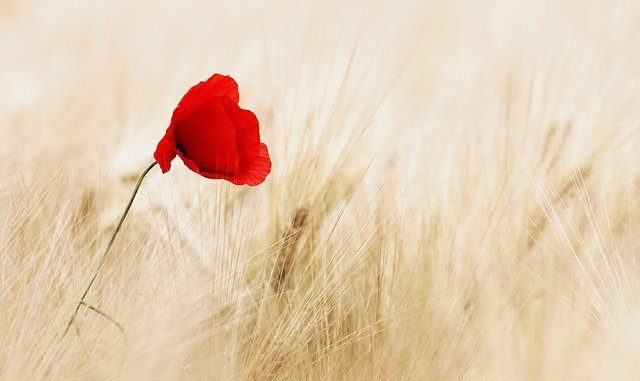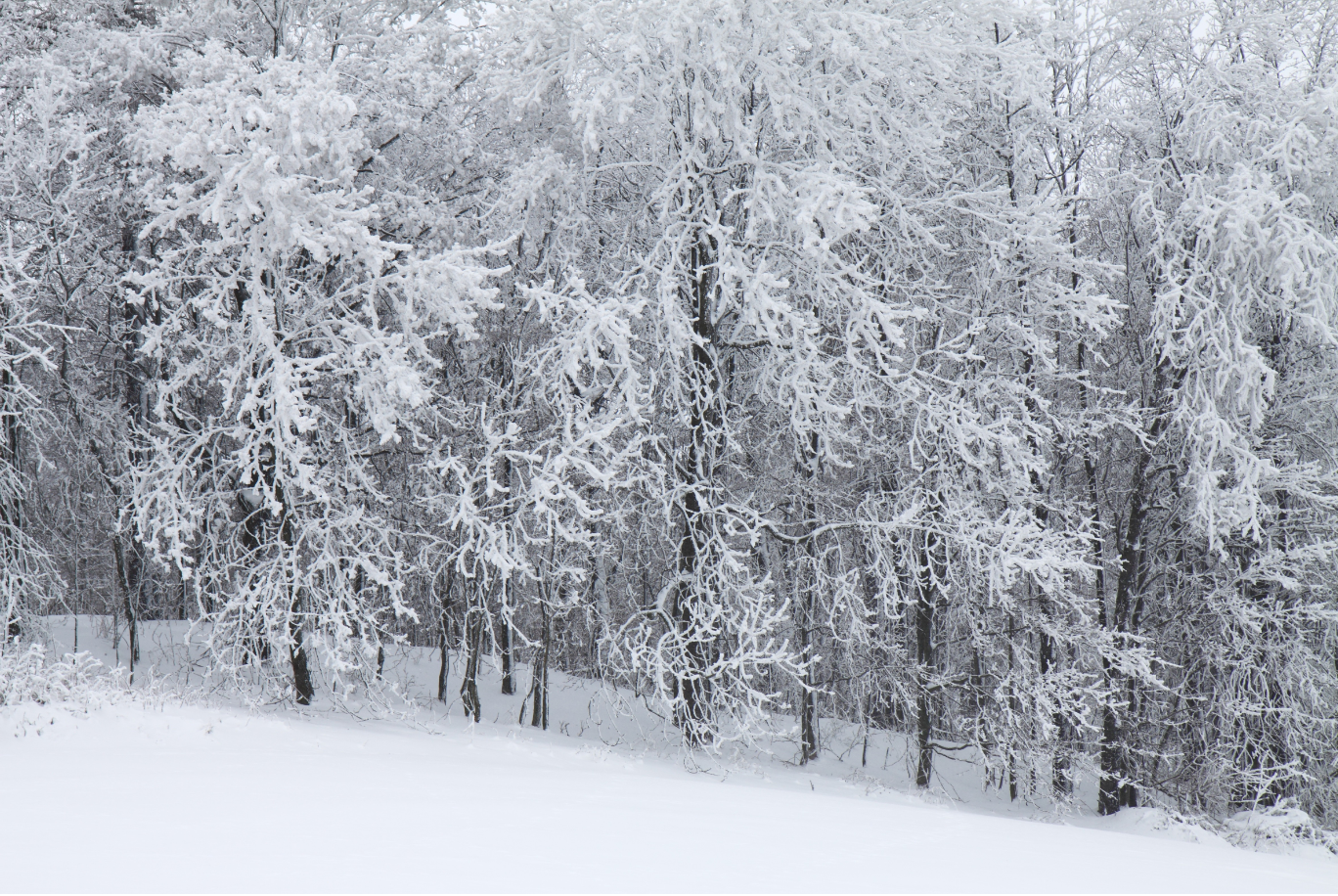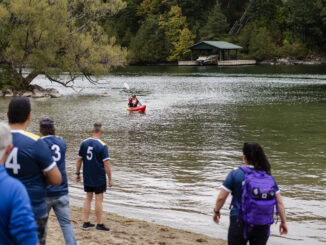
As we approach another Remembrance Day, we all pause and reflect about those still living and those who paid the ultimate sacrifice in service to Canada.
105 years ago, World War I ended. The loss of life was so staggering World War I was considered to be, “the war to end all wars.” To honour the losses of servicemen and women, “Armistice Day” began in 1919. In 1931, the name was changed to Remembrance Day.
80 years ago, World War II was being fought in Europe, Africa and the Pacific. Most of the men and women who participated in that conflict are no longer with us, but we remember them and their valiant service. Many of those who fought in Korea 70 years ago are in their 90s now. After the Korean conflict, peacekeeping became a common occurrence for Canadian soldiers as the Canadian government was instrumental in the formation of both the U.N. and NATO as a check to the Soviet Union in the Cold War.
The Berlin Wall fell 34 years ago on November 9, 1989. The Cold War was over, and the Soviet Union began to crumble. But within a year, the Gulf War began. Yugoslavia began to disintegrate due to the death of Tito. As U.N. peacekeepers Canadian soldiers were in Yugoslavia, Namibia, Somalia, Western Sahara, Cambodia, and Haiti all through the 1990s.
As members of NATO, Canadian soldiers deploy in the Balkans and into Afghanistan from 2003 to 2014 as part of the International Security Assistance Force. 158 Canadian soldiers lost their lives in Afghanistan. In 2014, Russia, under Putin, annexed the Crimea. To support NATO’s presence in Eastern and Central Europe Canada launched Operation REASSURANCE in Latvia in 2014 that is still ongoing.
Canadian Forces serving members are currently deployed across the globe. This Remembrance Day, think of those both living and dead who have worn the uniform of the Canadian Forces with dignity, pride and honour.
Karen Young,
Museum Manager



